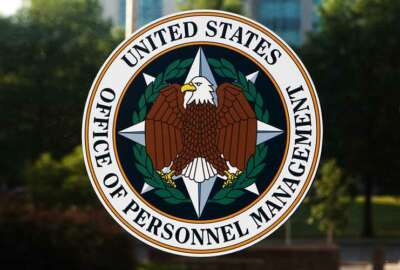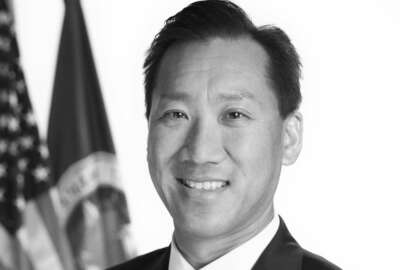
OPM Director Pon: We need different types of personnel systems for different occupations
Jeff Pon, the OPM director, said it's time to stop trying to fix the civil service in an ad-hoc manner.
In his welcome message to the Office of Personnel Management and all federal employees, Jeff Pon, the OPM director, said it’s time to stop trying to fix the civil service in an ad-hoc manner.
Pon, who the Senate confirmed on March 7, said President Donald Trump’s commitment to civil service reform will focus on changing the way agencies recruit, reward and manage employees.
“We’d like to do a lot of different changes, not at the piecemeal level, but as a whole,” Pon said in the video message posted March 30. “We will come up with different types of personnel systems for occupations. There are a lot of occupations out there that desperately need a whole entire system to surround their success. It’s not just about time to hire, it’s not about how much they get paid, it’s the whole entire thing. It’s make sure we have the whole entire system to help them do what they need to do.”
Pon didn’t offer any further details about his plans to address new personnel systems for different occupations, but he and Deputy Director Michael Rigas did make the point that it’s important to listen to employees, especially those in the field, and ensure that they feel like they have been heard.
Pon and Rigas may be referring in some ways to one particular piece of the President’s Management Agenda — Strategic Workforce Management.
The PMA states: “To achieve a 21st century workforce, the government needs to do a better job of end-to-end strategic workforce management. It needs to look at work in a different way — assessing what our key missions and outcomes are and understanding how we can best align the workforce to meet those needs, particularly through the administration’s lens of using IT modernization to drive increasing efficiency, effectiveness and transparency. It needs to engage in constant research and knowledge building, and integrate that work into our workforce planning and strategic planning in order to build a leading edge, first-in-class workforce to meet mission needs efficiently. ”
The PMA states aligning and managing the federal workforce of the 21st century means:
- Instating performance management processes that help agencies retain top employees and efficiently remove those who fail to perform or to uphold the public’s trust;
- Reducing skills-gaps and eliminating redundant positions;
- Simplifying the hiring process for managers;
- Enhancing personnel management IT, including creation of a paperless employee personnel file and digitalizing health benefits and retirement systems administration;
- Spreading effective practices among human resources specialists;
- Improving manager satisfaction with the quality of the human resources service provided; and
- Rebalancing relationships with Federal employee unions to ensure citizens’ interests are kept front and center.
All of this comes back to the administration’s goal of making federal employment more attractive.
“I think we need to be able to make employment in the federal government more attractive and flexible so the next generation of folks who have new skills and talents to offer can come in, provide service and if they want to go into the private sector they can do that and they can come back later in their career, or move in-between and among federal agencies more easily. I think these are some of the challenges we will need to address to make employment in the federal government more competitive with all the options that are available out there,” Rigas said. “A lot of the folks that we are working with have been dealing with these challenges for years. We will seek out the solutions from the folks who are dealing with and who have experiences understanding what the challenges are that they are facing because they will be the one implementing any changes and improvements we make.”
Copyright © 2025 Federal News Network. All rights reserved. This website is not intended for users located within the European Economic Area.
Jason Miller is executive editor of Federal News Network and directs news coverage on the people, policy and programs of the federal government.
Follow @jmillerWFED
Related Stories





